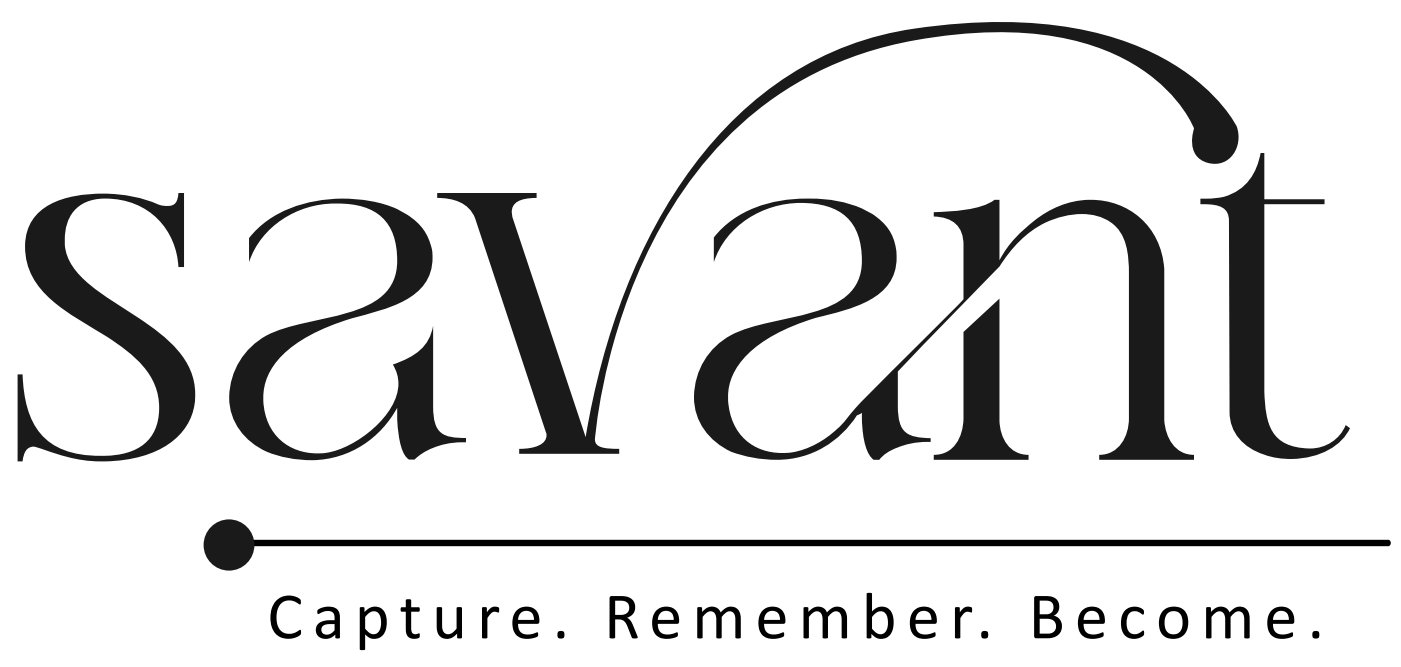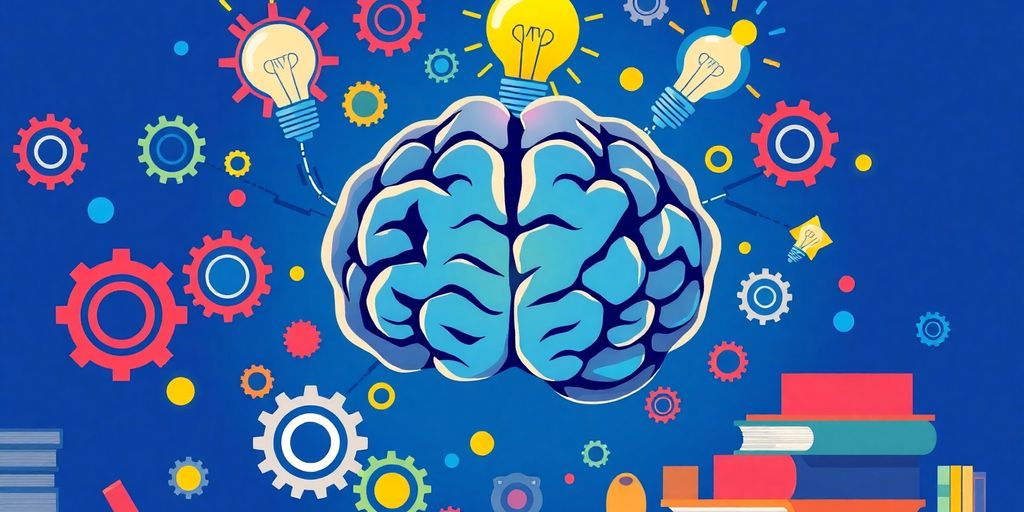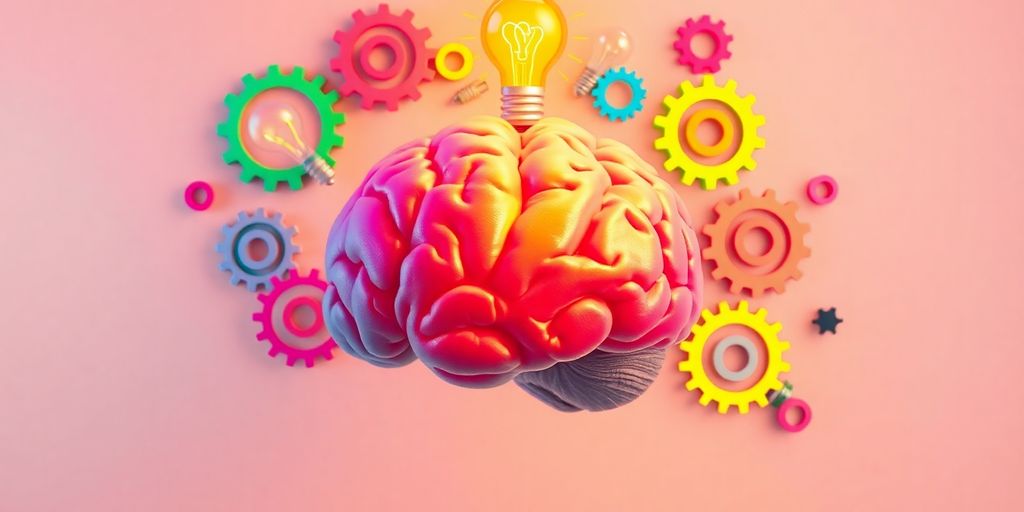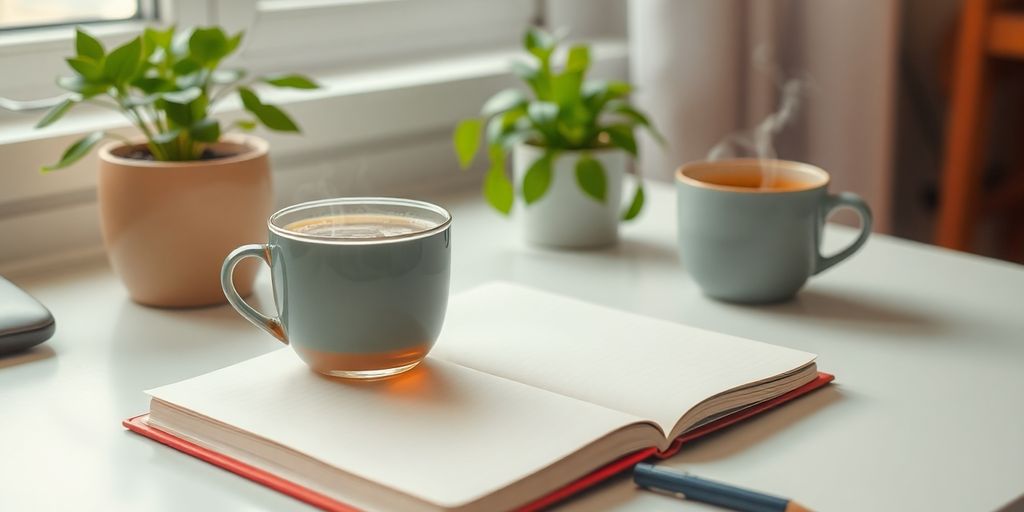Ever thought about how much easier life would be if you could remember things better? From recalling names to acing exams, a sharp memory can make a world of difference. This article dives into some cool and practical ways to train your memory. Whether you’re a student or just looking to keep your mind sharp, there’s something here for everyone. Let’s explore these techniques and see how they can help you unlock your potential.
Key Takeaways
- Memory techniques can be learned and improved with practice.
- Visualization helps in creating strong mental images for better recall.
- Incorporating technology like apps can aid memory training.
- Regular practice and a healthy lifestyle contribute to memory improvement.
- Setting specific, achievable goals can enhance memory skills.
Discover the Power of Memory Techniques
Why Memory Matters in Everyday Life
Memory isn’t just about acing exams or remembering birthdays. It’s a tool we use daily without even realizing it. From recalling a friend’s phone number to remembering the ingredients for your favorite recipe, memory plays a huge role in our day-to-day life. Imagine trying to navigate your day without it—it’d be chaos! Memory helps us learn from experiences, make decisions, and interact with the world around us. It’s the backbone of our identity, shaping who we are by holding our personal history.
The Science Behind Memory Enhancement
Ever wondered how memory works? It’s like a super complex filing system in your brain. When you learn something new, your brain encodes it, stores it, and then retrieves it when needed. This process involves different brain areas working together, like the hippocampus for forming new memories and the frontal cortex for recalling them. Science shows that certain techniques, like repetition and visualization, can strengthen these brain connections, making it easier to recall information. It’s all about creating strong neural pathways.
How to Choose the Right Technique for You
Choosing the right memory technique is a bit like picking the right exercise routine. What works for one person might not work for another. Here are some tips to find your perfect fit:
- Identify Your Learning Style: Are you a visual learner, or do you prefer listening? Tailor your technique to your style.
- Experiment with Different Methods: Try out mnemonics, chunking, or the method of loci and see what sticks.
- Evaluate and Adjust: Keep track of what works and tweak your approach as needed.
Remember, improving your memory is a journey. Find what resonates with you and stick with it. With patience and practice, you’ll see improvement!
Mastering the Art of Visualization
Creating Vivid Mental Images
Visualization is like painting a picture in your mind. It’s a way to make information stick by turning abstract ideas into concrete images. When you’re trying to memorize something, imagine it vividly. Picture it in bright colors, with lots of details. Let’s say you’re trying to remember a grocery list: instead of just thinking "apples," picture a shiny, red apple with a bite taken out of it. The more senses you engage, the better your recall will be.
Using Mind Maps for Better Recall
Mind mapping is a fantastic tool for organizing thoughts and information. Imagine you’re planning a project; start with the main idea in the center and draw branches for each related topic. This visual layout helps you see connections and remember details. It’s like doodling with purpose, and it makes complex information easier to grasp and recall.
The Role of Imagination in Memory
Your imagination is a powerful ally in memory retention. By weaving stories around the information you need to remember, you create a narrative that’s easier to recall. Think of each piece of information as a character in a story. This technique makes learning more engaging and memorable.
Visualization isn’t just about seeing with your eyes closed. It’s about creating a mental landscape where information can roam freely and settle into memory.
If you’re curious about more advanced memory techniques, consider exploring the Memory Palace. This method uses visualization to enhance memory by associating information with familiar locations.
Building a Memory-Boosting Routine

Incorporating Techniques into Daily Life
To really make a difference in your memory skills, it’s all about weaving those techniques into your daily routine. Start by setting aside specific times each day to focus on memory exercises. This could be as simple as using brain exercises like puzzles or memory games. Consistency is key here, so try to make it a habit. You might find that mornings are your best time, or maybe you’re more of a night owl. Whatever works for you, stick to it!
- Use Mnemonics: These are little tricks that can help you remember things better. Try creating acronyms or rhymes.
- Mind Mapping: This helps visualize connections between ideas, making it easier to recall information later.
- Engage in Diverse Activities: Play chess, card games, or even a musical instrument to keep your brain sharp.
By incorporating these techniques into your daily life, you’ll find that remembering things becomes second nature.
Setting Achievable Memory Goals
Setting goals is super important. You wouldn’t run a marathon without a training plan, right? Same goes for memory. Start small and build up. Maybe you want to remember a new word each day or keep track of your grocery list without writing it down. Those are great starts!
- Be Specific: Instead of "I want to remember more," try "I want to remember 5 new names this week."
- Make It Measurable: Keep a journal or use an app to track your progress.
- Set a Timeline: Give yourself a deadline, like "I will master this by the end of the month."
Tracking Your Progress and Adjusting Strategies
It’s not just about setting goals; it’s about keeping track of them and adjusting as needed. Use a memory journal to jot down what works and what doesn’t. If you notice that mnemonics aren’t cutting it, maybe try visualization techniques instead. Celebrate those small wins to keep yourself motivated!
- Use Quizzes or Practice Tests: These can help you see how much you’ve improved.
- Adjust Methods: If something isn’t working, don’t be afraid to switch it up.
- Celebrate Victories: Every little win counts, so give yourself a pat on the back!
Remember, improving your memory is a journey. Stay positive and keep experimenting with different techniques until you find what works for you!
Harnessing Technology for Memory Improvement
Top Memory Apps to Try
In our tech-driven world, there’s no shortage of apps designed to boost your memory. Here are a few that stand out:
- Anki: This app is a favorite for spaced repetition, helping you memorize facts more effectively. Whether you’re learning a new language or studying for exams, Anki’s flashcard system is a game-changer.
- Lumosity: Packed with a variety of games, Lumosity challenges your brain and enhances cognitive skills. It’s fun and educational, making it a popular choice among users.
- Elevate: Focused on personalized training, Elevate aims to improve various cognitive skills, including memory. The app adapts to your performance, ensuring a tailored experience.
These apps make learning engaging and allow you to track your progress over time.
The Benefits of Gamification
Gamification takes the concept of learning and turns it into a game, making memory training enjoyable. Here’s how it helps:
- Increased Motivation: By incorporating game elements like points and rewards, you’re more likely to stay engaged.
- Progressive Challenges: As you advance, the challenges increase, keeping you interested and pushing your limits.
- Social Interaction: Many gamified apps offer social features, allowing you to compete with friends or join teams, adding a fun, competitive element.
This approach not only makes learning fun but also significantly improves retention.
AI-Powered Tools for Personalized Learning
Artificial Intelligence is revolutionizing how we approach memory training. AI tools analyze your learning patterns and create personalized programs just for you. Here’s what they offer:
- Adaptability: These tools adjust the difficulty based on your performance, ensuring you’re always challenged but not overwhelmed.
- Feedback: Instant feedback helps you understand your strengths and weaknesses, allowing for continuous improvement.
- Efficiency: By focusing on areas that need improvement, you can maximize your learning efficiency and time.
Embracing technology can be a game-changer for your memory. With the right tools, you can unlock your brain’s potential and improve your retention skills.
Incorporating technology into your memory training can lead to exciting results. Whether it’s through apps, games, or AI-driven tools, there are many ways to enhance your memory and keep your mind sharp!
Lifestyle Changes to Enhance Memory
Getting enough sleep is like hitting the save button on your brain. When you sleep, your brain processes and stores the day’s memories. Aim for at least seven hours a night to help with memory consolidation, focus, and emotional balance. Not only does a good night’s sleep make you feel refreshed, but it also sharpens your mind.
Nutrition plays a huge role too. A diet rich in fruits, vegetables, whole grains, and lean proteins fuels your brain. Foods like fatty fish, berries, and leafy greens are particularly great for brain health. So next time you’re at the grocery store, think about filling your cart with these memory-boosting foods.
Exercise isn’t just for your body; it’s a brain booster too. Regular aerobic activities, like running or cycling, increase blood flow to the brain, which can enhance memory and thinking skills. Even activities like yoga or strength training can help keep your brain sharp. So, lace up those sneakers and get moving!
Stress is like a fog that clouds your memory. When you’re stressed, your body releases cortisol, which can make it hard to remember things. Managing stress is key to keeping your memory in top shape. Try mindfulness practices like meditation or deep breathing to help clear your mind. Staying active and connecting with friends can also help reduce stress levels.
Small lifestyle changes can lead to big improvements in memory. By focusing on sleep, nutrition, exercise, and stress management, you can keep your mind sharp and your memory strong. Remember, it’s all about balance and consistency.
Engage Your Senses for Better Memory
Multi-Sensory Learning Techniques
Ever notice how some things just stick in your memory better than others? That’s often because you’re using more than one sense. Multi-sensory learning is all about tapping into your different senses to make memories stronger. Here are some cool ways to do it:
- Test Your Recall: Create a list of items, like your grocery list, and challenge yourself to remember them later. The trickier, the better!
- Cooking Classes: Learn to cook a new dish. This engages smell, touch, sight, and taste, and involves planning and problem-solving, which are great for your brain.
- Learn a Language: The listening and speaking involved in learning a new language can really get your brain buzzing.
Engaging your senses isn’t just fun, it’s a powerful way to make learning stick!
Using Flashcards Effectively
Flashcards aren’t just for kids. They’re a fantastic way to reinforce memory, especially when you mix things up:
- Mix It Up: Use cards with images, sounds, and text. This variety keeps your brain engaged.
- Spaced Repetition: Review your cards at different times. This technique is super effective for long-term memory.
- Active Recall: Quiz yourself with flashcards to strengthen memory pathways.
The Power of Active Recall
Active recall is a memory technique that involves actively retrieving information from your memory rather than passively reviewing it. This method helps strengthen your memory pathways, making it easier to remember information later. Here are some ways to practice active recall:
- Quiz yourself regularly.
- Use flashcards to test your knowledge.
- Teach the material to someone else.
Active recall is like giving your brain a workout. The more you practice, the better your memory gets.
Unlocking Your Brain’s Potential
Understanding Neuroplasticity
Neuroplasticity is like the brain’s secret weapon. It’s the ability of your brain to change and adapt, even as you age. This means that with the right exercises, you can actually improve your memory and cognitive skills. Think of it like going to the gym, but for your brain. When you challenge it with new activities, you build new neural connections. So, whether it’s learning a new language or picking up a musical instrument, you’re giving your brain a workout.
Common Myths About Memory
Let’s bust some myths about memory that might be holding you back:
- You only use 10% of your brain: Total myth! You use all of your brain, just not all at once.
- Memory declines with age: Sure, some changes happen, but many people keep their memory sharp well into their later years.
- Memory is fixed: Nope, your memory can improve with practice and the right techniques.
How to Overcome Memory Barriers
Facing memory challenges? Here are some tips to overcome them:
- Stay Active: Physical activity boosts blood flow to the brain, which can help with memory.
- Practice Mindfulness: Techniques like meditation can reduce stress and improve focus.
- Use Memory Aids: Tools like mnemonics or the Brain Trainer method can enhance recall.
Remember, your brain is capable of more than you think. By understanding these concepts and applying them, you can tap into your brain’s full potential and improve your memory skills.
Conclusion
So, there you have it! Boosting your memory isn’t just for those brainy folks or memory champs. It’s something we can all work on with a bit of effort and the right tricks. Whether you’re chunking info into bite-sized pieces or using the Memory Palace to stash away facts, these techniques can really make a difference. And hey, don’t forget to have fun with it! Experiment with different methods, see what clicks, and enjoy the process. After all, learning should be enjoyable, not a chore. So go on, give these tips a whirl and watch your memory skills grow. Who knows, you might just surprise yourself with what you can remember!
Frequently Asked Questions
What are some easy ways to improve my memory?
You can try techniques like repeating information, making up stories or rhymes, and using the ‘Memory Palace’ method, where you imagine storing information in a familiar place.
How can I remember things more quickly?
To speed up memorization, use spaced repetition by reviewing information over time. This helps your brain hold onto the information better.
Do memory techniques work for everyone?
Most people find success with memory techniques, but some might need to try different methods to see what works best for them.
How can I see if my memory is getting better?
You can track your progress by taking quizzes or tests on what you’ve learned. Keeping a journal to note improvements can also help.
What is the ‘Memory Palace’ method?
The ‘Memory Palace’ method involves imagining a place you know well and placing the things you want to remember in different spots within that place.
How does sleep help with memory?
Sleep helps your brain process and store information, making it easier to remember things when you wake up.






